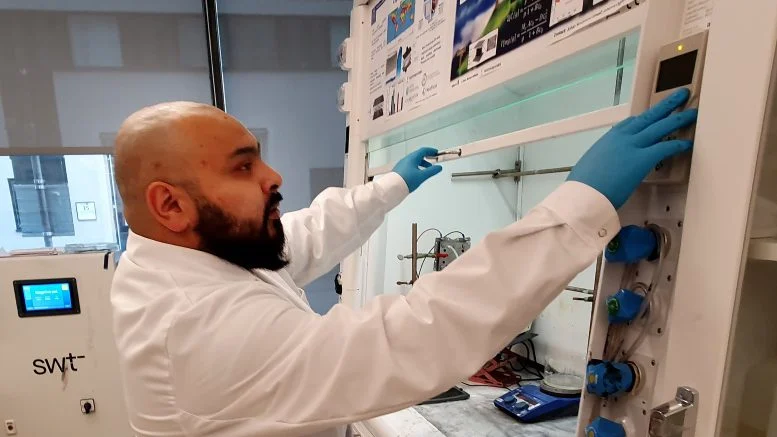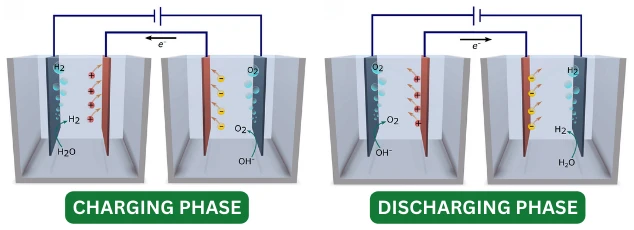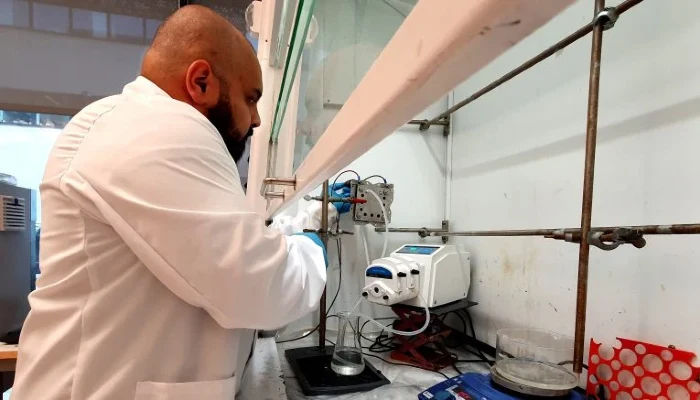In Sweden, researchers have unveiled a groundbreaking method for producing hydrogen energy, marking a significant leap towards safer and more sustainable power. This new technique, promising to be both simpler and more efficient, could revolutionize how we generate clean energy.
The Science Behind the Innovation
The team at KTH Royal Institute of Technology in Stockholm has reimagined the traditional process of water electrolysis, where water is split into oxygen and hydrogen by an electric current. Their method produces oxygen and hydrogen separately, avoiding the dangerous risk of these gases mixing and potentially exploding. This innovation not only enhances safety but also sidesteps the need for rare Earth metals.
Esteban Toledo, a Ph.D. student at KTH and co-author of the study, highlights the importance of this advancement: “That separation eliminates the possibility of the gases mixing with the risk of explosions,” ensuring a safer path to hydrogen production.

Joydeep Dutta, a professor at KTH, adds to the excitement, pointing out the remarkable 99 percent efficiency rate of their hydrogen gas production, a figure that gets attention for its potential commercial impact.
From Concept to Commercial Reality
The brilliance of this new method lies in its simplicity and efficacy. Traditional systems rely on a barrier within an electrolyzer to separate hydrogen and oxygen, a process fraught with inefficiencies and hazards.
The Swedish team’s approach, however, replaces one of the electrodes with a supercapacitive one made from carbon. This innovative electrode alternates between storing and releasing ions, effectively splitting the water into its constituent gases without risk.


A Future Fueled by Clean Energy
This method isn’t just a technical achievement; it’s a gateway to integrating renewable energy sources like solar and wind power more efficiently. The system’s ability to operate across a wide range of input power makes it a perfect match for the variable nature of renewable energies. Since we don’t risk mixing the gases, we can operate over a wider range of input power,” Toledo notes, emphasizing the ease of coupling this technology with green energy sources.
The research, detailed in the journal Science Advances, could pave the way for hydrogen to become a cornerstone of the global energy market. With a company, Caplyzer AB, already established to scale this technology, the future of hydrogen energy looks brighter and much safer.
More To Discover
This breakthrough demonstrates not just the power of innovation, but also the potential for hydrogen energy to play a pivotal role in our quest for a sustainable energy future. As we move towards cleaner, more efficient energy solutions, the work of Toledo, Dutta, and their team stands as a beacon of progress.
Source: Science Advances





















